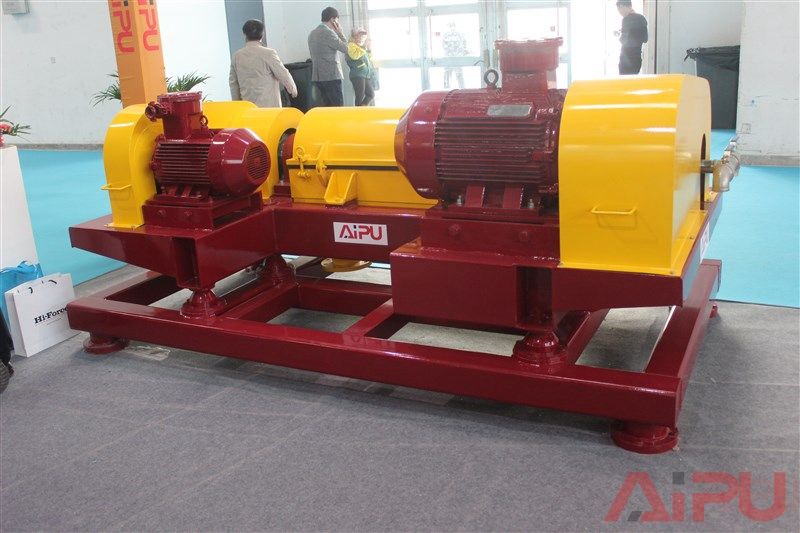Why do we need decanter centrifuge after the desilter? How did we began using centriguge in drilling fluid process? Before, oilfield centrifuge operation how did we process the cuttings in oilfield?
We know the Pioneer Centrifuge related a story about the first desilter installed on a drilling rig. The bank of 4-inch desilters was mounted on the berm of the duck’s nest (the duck’s nest was an earthen pit used for storing excess drilling fluid and was usually an area of the reserve pit). The equipment was removing large quantities of drilled solids from an unweighted drilling fluid. After 2 days, however, the rig personnel called to have the equipment picked up because, they said, it was no longer working. When Pioneer arrived at the location, the equipment was completely buried in drilled solids, so that there was no way that more could be removed by the hydrocyclones.

During this period, major oil company research recognized the problems associated with ultra-fines (colloidal) in sizes less than 10 microns. These ultra-fines ‘‘tied up,’’ or trapped, large amounts of liquid and created viscosity problems that could be solved only by water additions (dilution). As large cuttings are ground into smaller particles, surface area increases greatly, even though the total cuttings volume does not change. Centrifuges had been used in many industries for years and were adapted to drilling operations in the early 1950s. They were used first on weighted drilling fluids to remove and discard colloidal solids. The heavy slurry containing drilled solids and barite larger than about 10 microns is returned to the drilling fluid system.
In recent years centrifuges have been used in unweighted drilling fluids to remove drilled solids. In these fluids, the heavy slurry containing drilled solids down to around 7 to 10 microns is discarded and the light slurry with solids and chemicals (less than 7 to 10 microns) is returned to the drilling fluid. This application saves expensive liquid phases of drilling fluid. Dilution is minimized, thereby reducing drilling-fluid cost. However, these machines are quite expensive and require a great amount of care.
Unfortunately, many drillers still did not believe that these benefits accrued to drilling-fluid systems that were properly arranged to take advantage of them. Mud tanks were, and still are, frequently plumbed incorrectly because of indifference concerning the detrimental effects of drilled solids. These benefits were not really generally accepted until the mid-1980s. Inspection of drilling-fluid processing systems on drilling rigs still reveals that proper plumbing is not well understood or is not a priority.
We always emphasize centrifuge importance, as it can be said the final defense to fine solids or cuttings. This always play vital role for whole drilling. If we use centrifuge to recycle the barite the centrifuge will reflect great function as well.